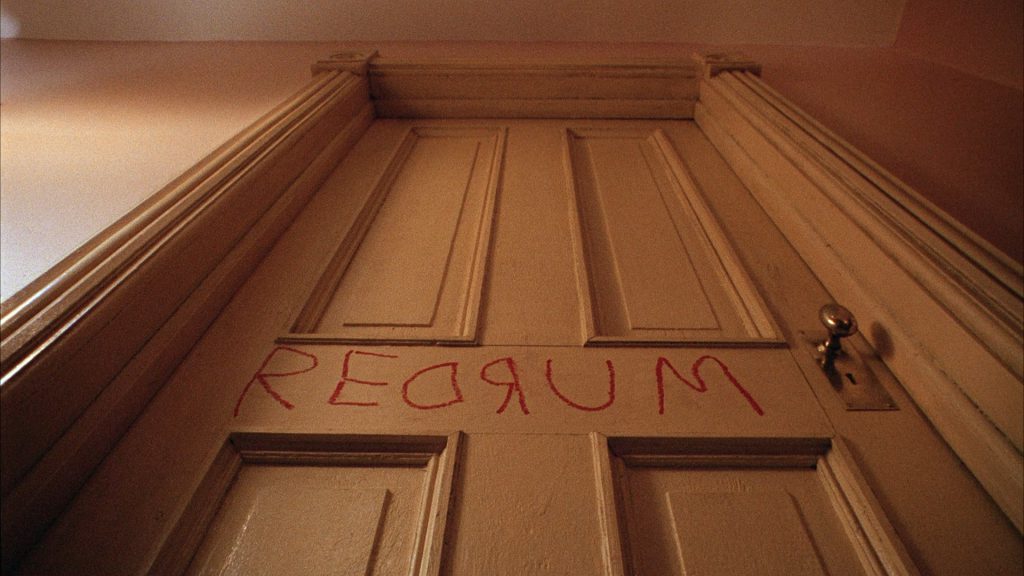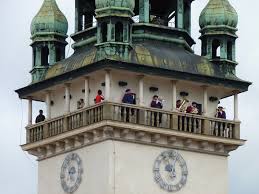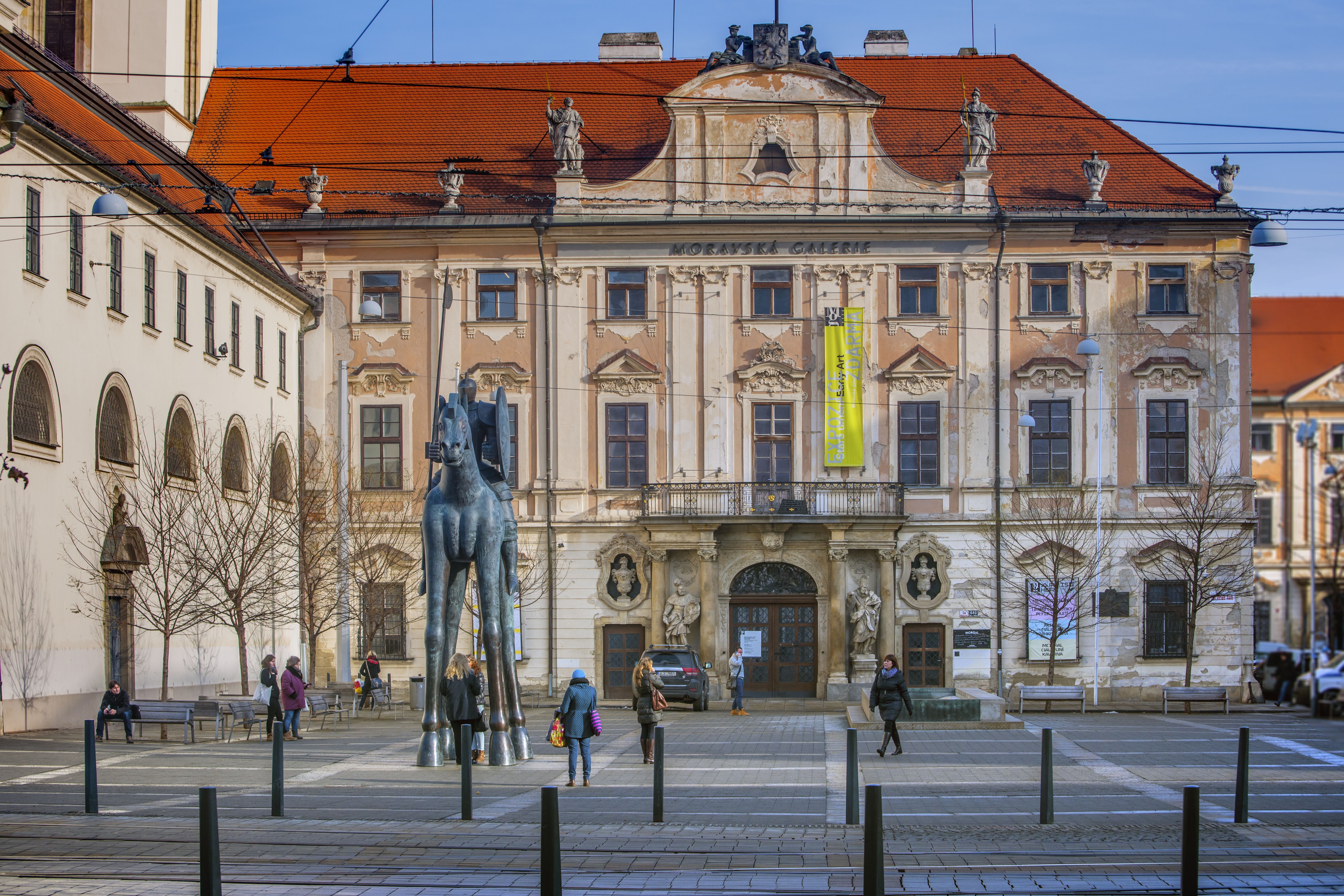The Shining: Enjoy your stay. It might last forever

Jack Nicholson will turn 80 this month, and to celebrate Kino Scala is screening a few of his classic films – Easy Rider, Chinatown, and The Shining. The latter, adapted from Stephen King’s novel and directed by Stanley Kubrick, is the film that marked a turning point in the careers of both the director and his star Nicholson.
It was Kubrick’s final masterpiece, and his only real crowd-pleaser – straightforward and fun enough to enjoy with a four pack and a pizza on a Saturday night, but packed with enough elusive detail and hidden meanings to inspire you to write a 10,000 word, half-crazy blog post come the early hours of Sunday morning.
For its star, some critics have identified it as the point where he stopped being Jack Nicholson, the intensely charismatic acting powerhouse of the Seventies, and changed into JACK! that larger-than-life caricature of his former self, with the lascivious grin and the shades that seem like an outward expression of the horny devil within.

Nicholson plays Jack Torrance, a struggling writer who takes a job as caretaker at the remote Overlook Hotel, which closes for months during the winter. He sees it as a fresh start and an opportunity to get some work done on his novel, so packs up his wife Wendy (Shelley Duvall) and kid Danny (Danny Lloyd) and heads out to the wilderness.
There are complications, of course. Jack’s a recovering alcoholic and can’t get started on his book. Danny possesses The Shining – a psychic ability which shows him bad things that have happened and are about to happen at the Overlook. Worst of all, the Overlook is a sentient haunted hotel which covets Danny’s supernatural talents.
It has become cliché to describe a location as a character, but it’s hard to avoid it with The Shining. The Overlook is an incredible feat of set design built from scratch on sound stages at Elstree Studios. From the utilitarian service areas to the oppressively grand ballrooms to the Torrance’s shabby staff quarters, it looks and feels like a real working hotel – then you realise that the whole place doesn’t make any sense spatially, an Escher-like labyrinth deliberately designed to disturb and disorient the viewer. (If you’re interested in finding out more about this, check out this excellent video).
[movies-box]
While the story is often shown from the point of view of Danny, Jack and Wendy, we also get to see things from the hotel’s perspective – as the family unravels and descend into madness, the Overlook may be the film’s only reliable narrator. Kubrick’s Steadicam, representing the hotel’s POV, stalks the characters through hallways and corridors, as if nothing can escape the Overlook’s gaze.
Nicholson’s performance received criticism in many quarters for being over the top. While there are some very cartoonish moments, most notably during the film’s most iconic scene (“Here’s Johnny…”), he’s still the most human character in the movie. He’s a frustrated failure irritated by his wife and child, living with the shame of past events and struggling for inspiration and to stay on the wagon. It’s his weaknesses that the Overlook and its ghostly minions seek to exploit, with predictably axe-wielding results.
Stephen King wasn’t happy with the portrayal, feeling that the role needed someone more sympathetic, and that the film indicates Torrance is half crazy before he even sets foot inside the Overlook. It’s true that the novel gives a more nuanced study of a man simultaneously fighting alcoholism and writer’s block, and has an autobiographical edge as it was written after King’s own battle with the booze.
Kubrick wasn’t sentimental about dumping stuff he didn’t like in the novel, such as the choice of murder weapon. In the book, it’s a croquet mallet. Generally sports equipment isn’t very scary, which is why you don’t get many movies about maniacs wielding cricket bats, pool cues or tennis racquets either. Kubrick switched it for an axe. While an axe may be a bit old hat, it’s old hat for a reason – axes are pretty terrifying in the hands of a maniac, and are much better for battering down doors and hacking your victims to death. (King switched back to the croquet mallet in his own made-for-TV version. Let’s hope he never gets round to adapting any masterpieces of horror cinema – The Texas Beard Trimmer Massacre, anyone?)
The Shining took over a year to shoot, and it shows on the screen. Every detail – from the dizzying opening aerial shot to the ominous score to the subliminal shock cuts – are designed to create the maximum unease in the viewer. At the same time, the film unfolds at such a hypnotic pace it’s hard not to feel slightly drugged while watching it. Kubrick even weaponises the chapter title cards that break up the action – surely the scariest use of the word “Thursday” ever devised.
I’ve used up all my word count and I have barely scratched the surface of what makes The Shining so great – if I’d tried covering it all off within 800 words, this article would just be a list. In closing, I think one of the most appealing aspects of the film is that it’s all things to all people. If you just want a beautifully made, really scary psychological horror, The Shining is it. But if you want something that can linger a little longer, a maze to get lost in, then The Shining is really it – there’s endless curios, peculiar details, and conspiracy theories online. Once you check in, you’ll never leave.

